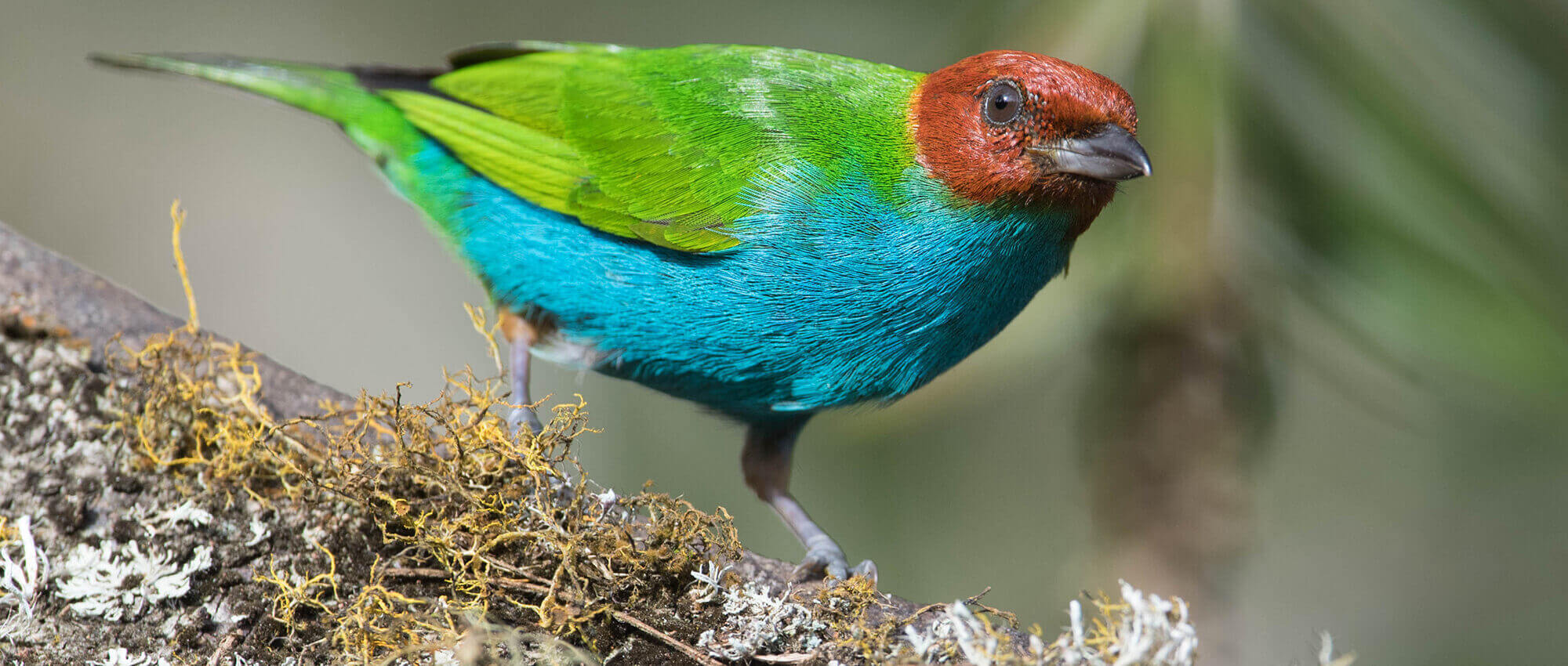
Bay-headed tanager
Tángara cabecirrufa
Tangara gyrola
This is a medium-sized tanager that inhabits in northern South America. It is one of the most genetically variable of all tanagers. This tangara has more than 9 subspecies. It is therefore a genetically diverse species and could in the future be separated in more than two species. Its upperparts are green and the underparts blue. The brownish-red head is separated from its green back by a yellow to golden band. The color of the band and of the upper and underparts vary among subspecies. Not a marked dimorphism is observed but females have a duller coloration. Inhabits in humid Andean regions. This a social bird that forages in pairs or in small groups and travel with other flocks. Clutch size is of two eggs. Female builds her nest and incubate eggs for two weeks. It eats mostly fruits and some insects.
Esta tángara es de mediana longitud y es un habitante de todo el norte de sudamérica. Es una especie que contiene nueve subspecies. Es actualment la más variable entre las especies de tangaras. Por lo tanto, con estudios moleculares podrian separarla en varias especies. Su parte superior es verde y la inferior es de color azul. Su cabeza de color café-rojiza cobriza es separada por una banda amarilla dorada del resto del plumaje verde. Estas coloraciones varían entre las subspecies. Las hembras son más opacas. Se la encuentra en matorrales o bosques húmedos donde se alimenta de frutas e insectos. La hembra pone dos huevos que los incuba durante dos semanas.
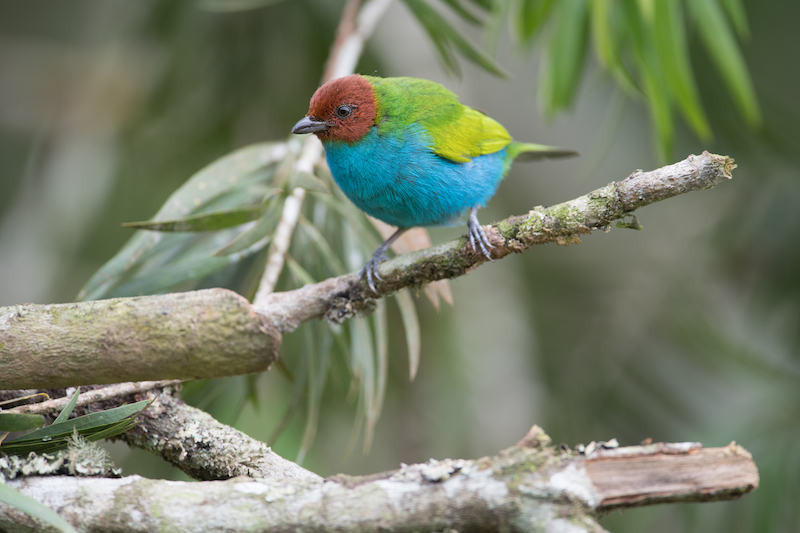
LAM_9255
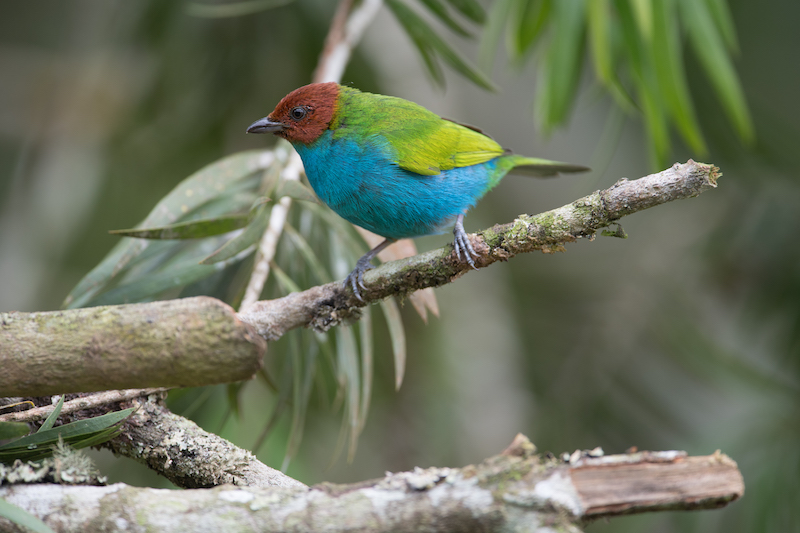
LAM_9258
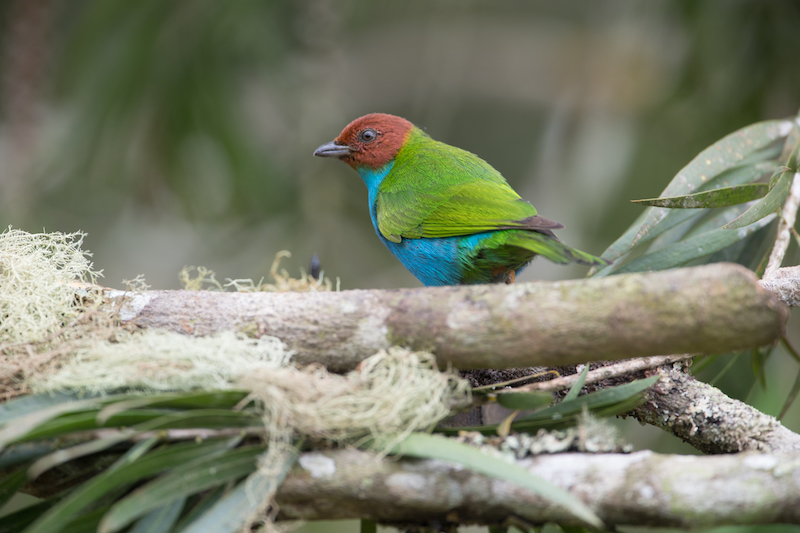
LAM_9260
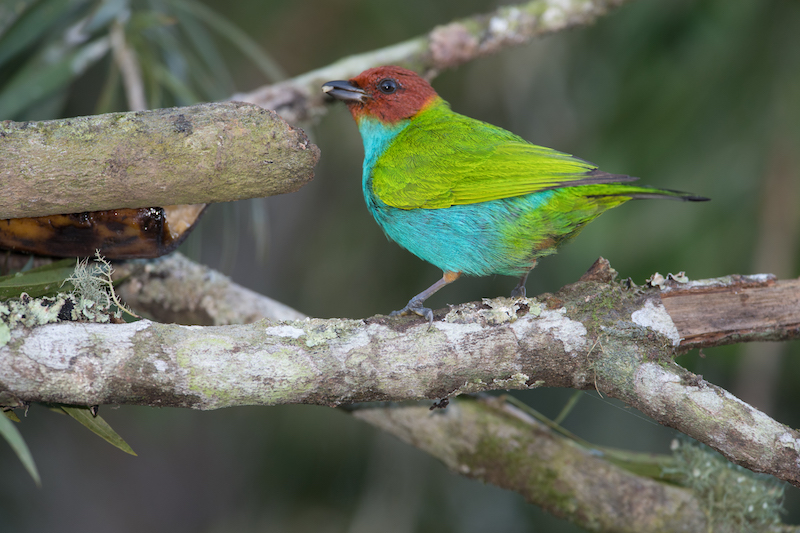
LAM_9592
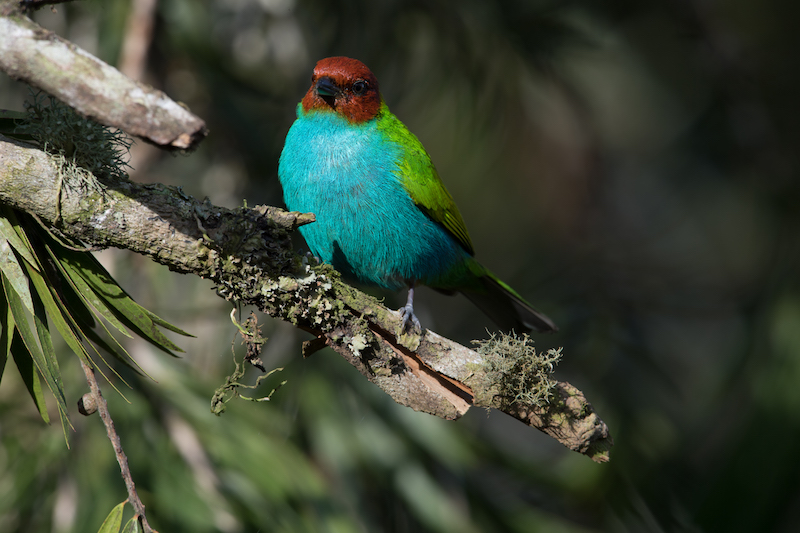
LAM_9715
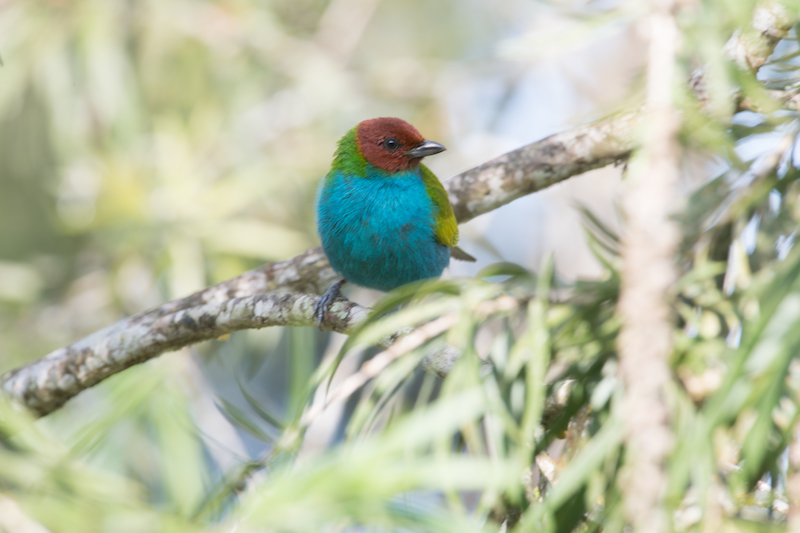
LAM_9710
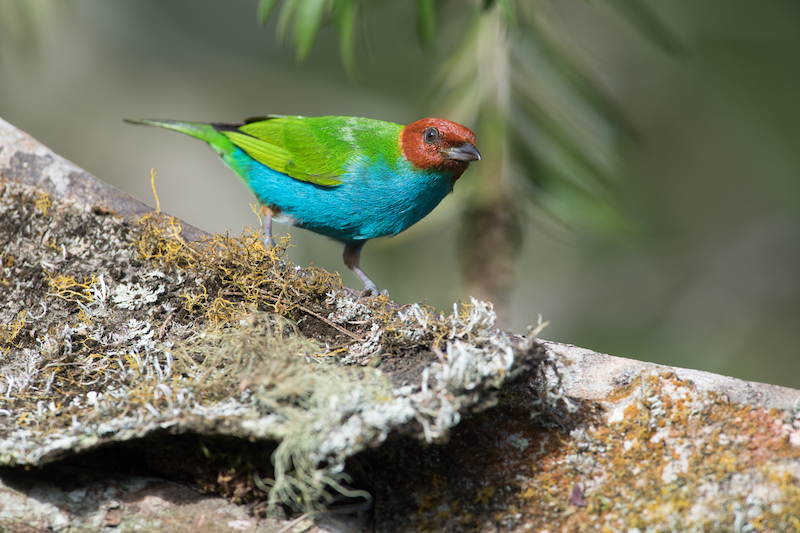
LAM_9751
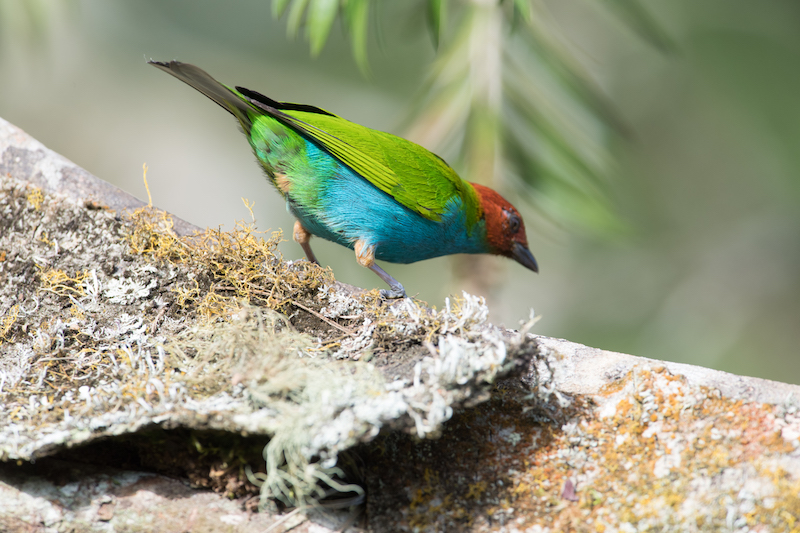
LAM_9753
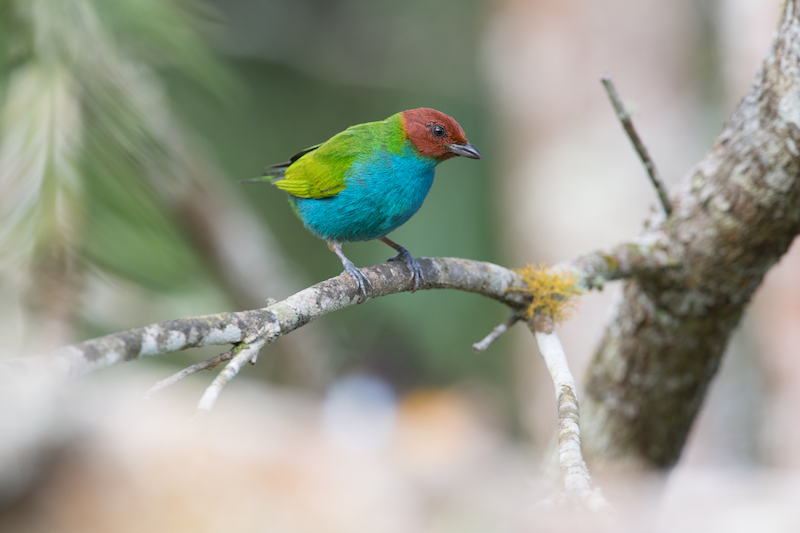
LAM_9759
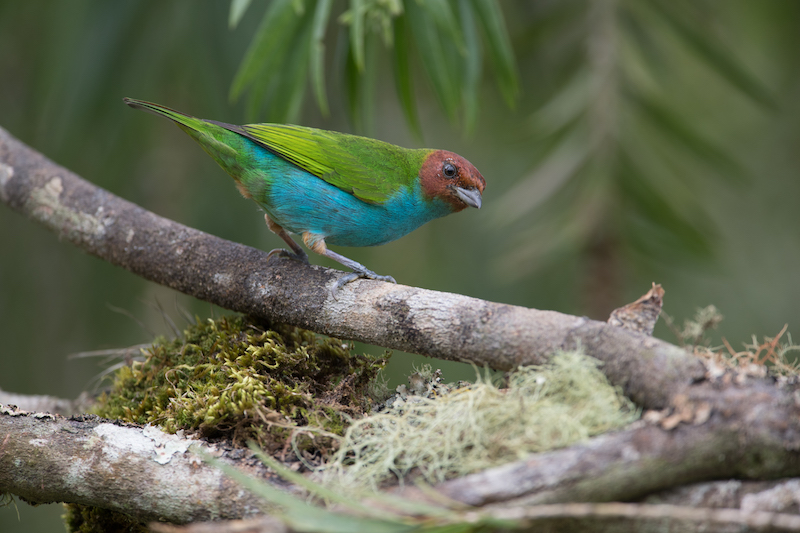
LAM_9200
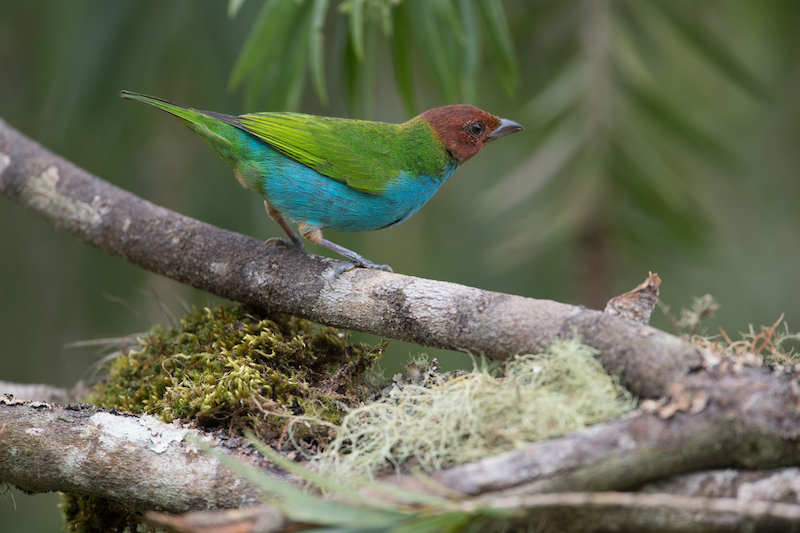
LAM_9201
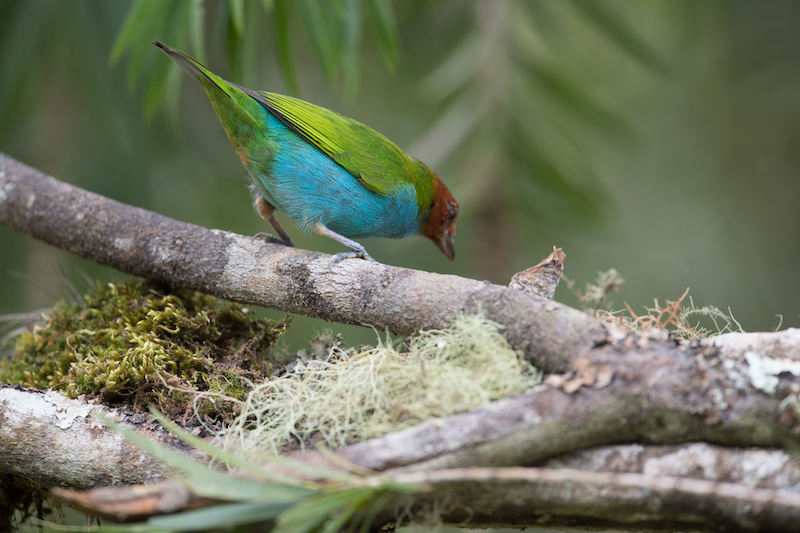
LAM_9204
